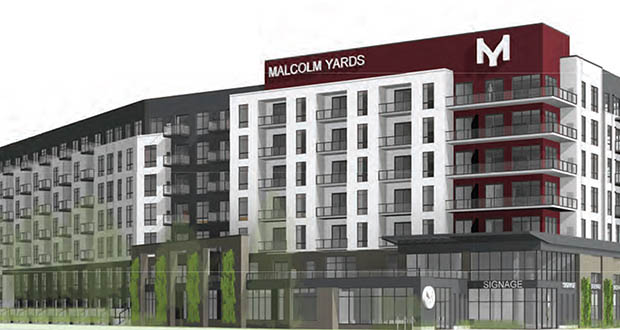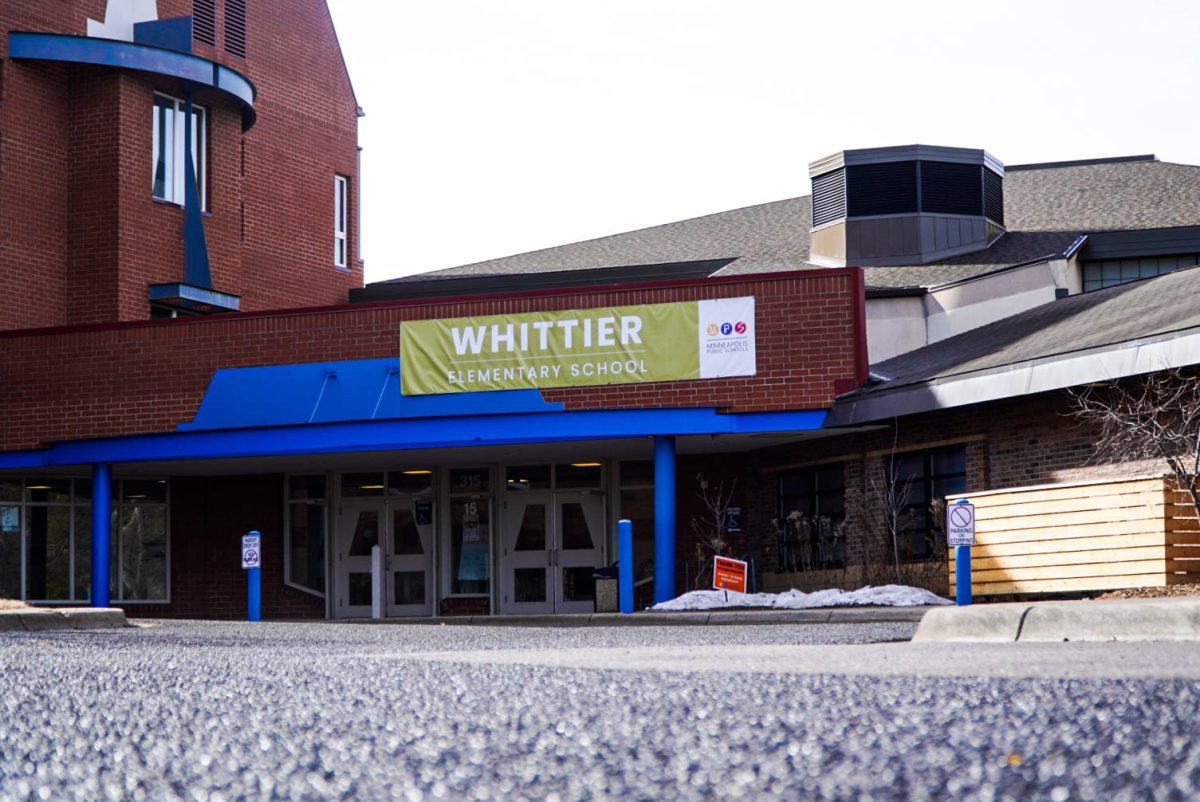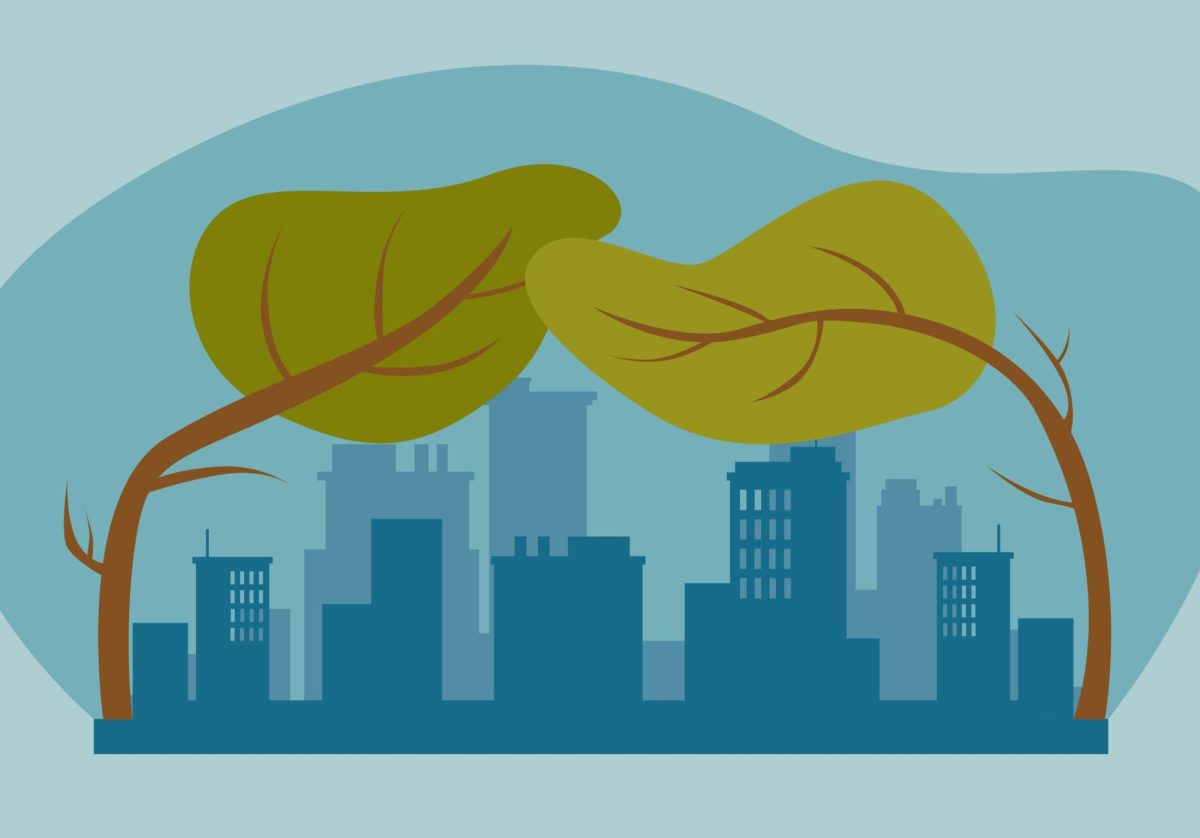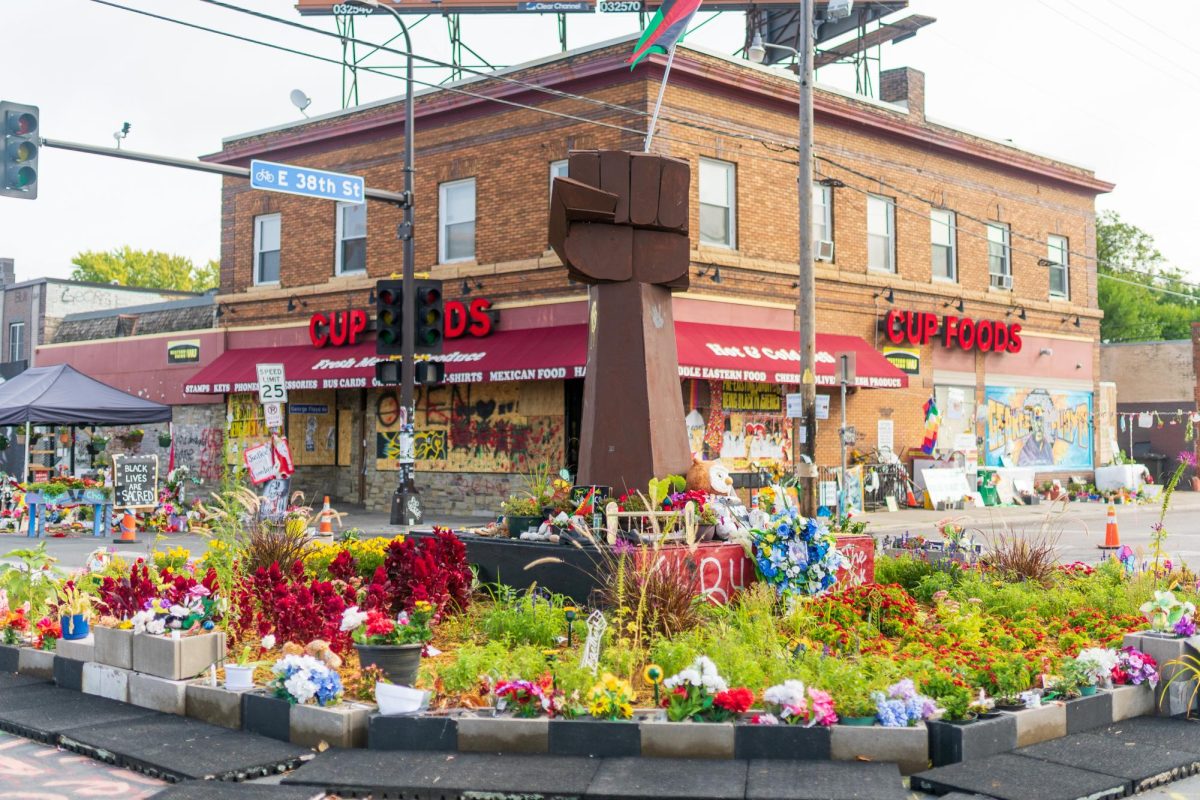On Friday, the Minneapolis City Council approved a $2 million loan for the Towerside Innovation District to build a renewable energy source that could save 500 thousand tons of carbon.
Towerside Innovation District, a nonprofit located in Prospect Park, will use the Jordan Aquifer as a “thermal battery” to heat apartment buildings near Malcolm Yards, said Vince Netz, Towerside board member. The Jordan Aquifer is a body of underground rock that water can move through easily, located underneath several Midwestern states.
Currently, the aquifer will power over 350 apartment units, with the possibility to heat more, said Wall Companies project manager Jeff Ellerd in an email to the Minnesota Daily. The aquifer will hopefully be in use within 18 months, Netz said.
The aquifer thermal energy system (ATES) works by using the aquifer as a “thermal battery.” It can store heat in the summer to use in the winter and likewise with the cold. It will be the first of its kind in Minnesota.
“It [saves 500 thousand tons of carbon] by not having the apartment buildings build natural gas heating and cooling. Buildings would otherwise have had magic packs, as they’re called, so each apartment could get a natural gas heating system,” said Netz. “It mitigates the carbon by providing a carbon free way of heating and cooling.”
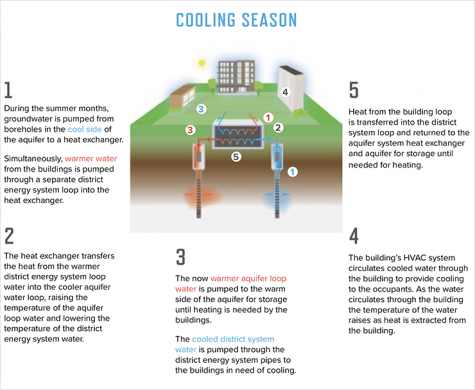
In 2019, the city council declared Minneapolis to be in a state of climate emergency that “demands a massive-scale mobilization to halt, reverse, and address the consequences and causes of climate change.” The ATES will help Minneapolis with its goal to reduce carbon emissions.
Heating and cooling is one of the leading causes of carbon gas emissions in Minnesota, according to the Great Plains Institute.
The system will cost $14.2 million and is funded by city loans, municipal bonds and a partnership grant from the McKnight Foundation. Towerside worked with the McKnight Foundation and Ever-Green Energy for several years in order to develop this type of energy.
A new type of renewable energy in Minnesota
Towerside has been interested in creating district-wide energy since its creation in 2013. Around 2016, with a grant from McKnight and a partnership with Ever-Green, Towerside started looking for potential energy sources in the area.
After several years of planning and decision making, Towerside landed on using ATES as a form of renewable energy. Ever-Green ran several tests to make sure the aquifer would work.
“[Ever-Green] had to measure the water flow and we were a little worried that the flow would be too fast because if the aquifer flow was too fast, then it would never store energy so the system wouldn’t work,” Netz said. “We didn’t know technically up until last year that it would be possible.”
This type of energy, although new to Minnesota, is currently used in San Francisco and parts of Europe.
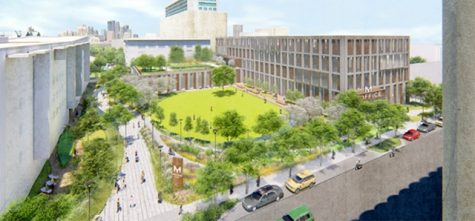
ATES is unique because it’s a renewable form of energy that will work in Minnesota’s cold climate, said Robin Garwood, aide to Ward Two City Council member Cam Gordon. It will work efficiently when covering a large number of apartments and will resist price shocks, which is when energy prices increase dramatically.
“This project shows a way to heat and cool buildings that can be run completely on renewable energy that cannot have any fossil fuels involved in any way,” said Garwood.


